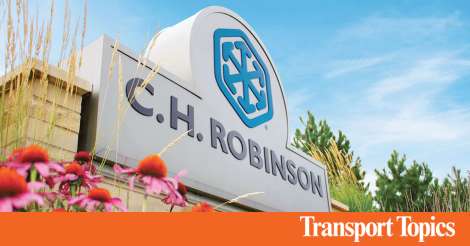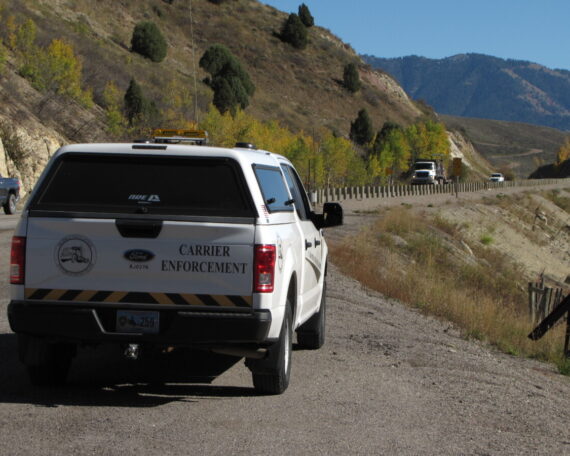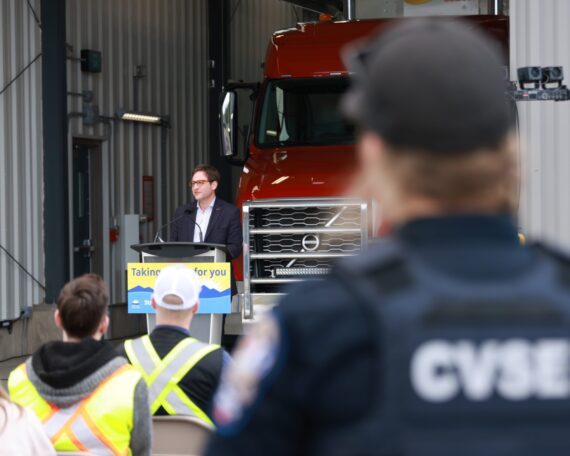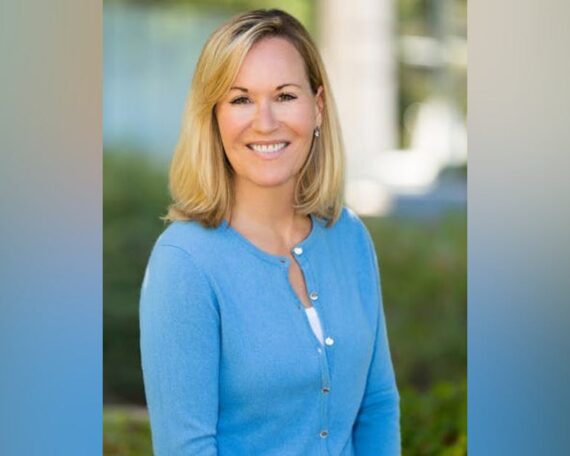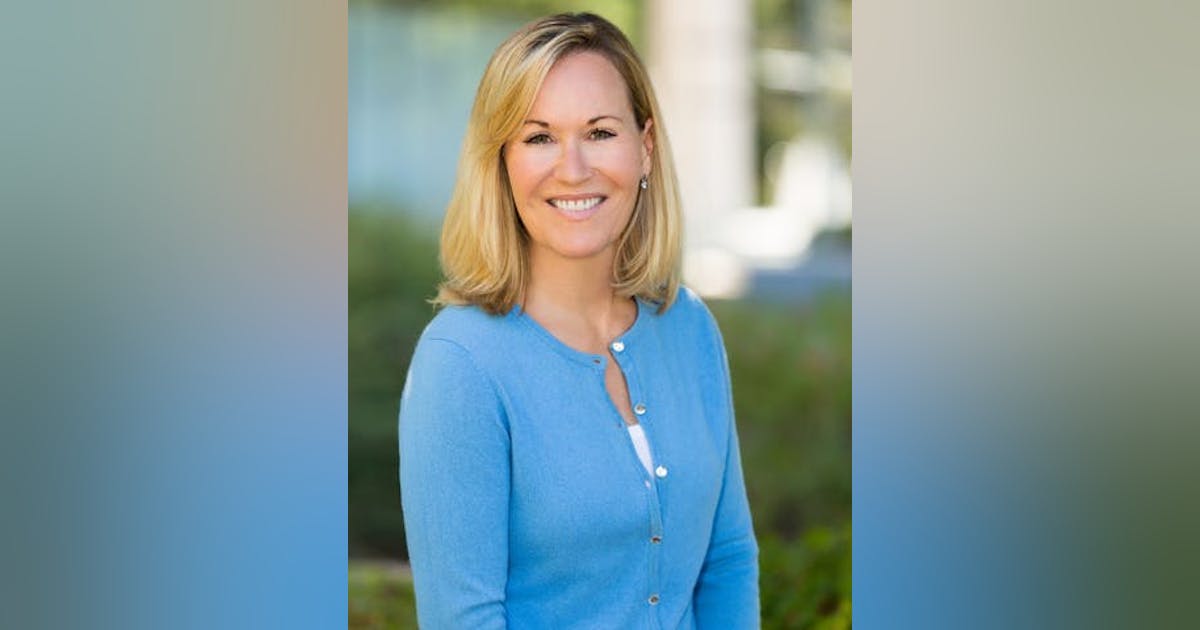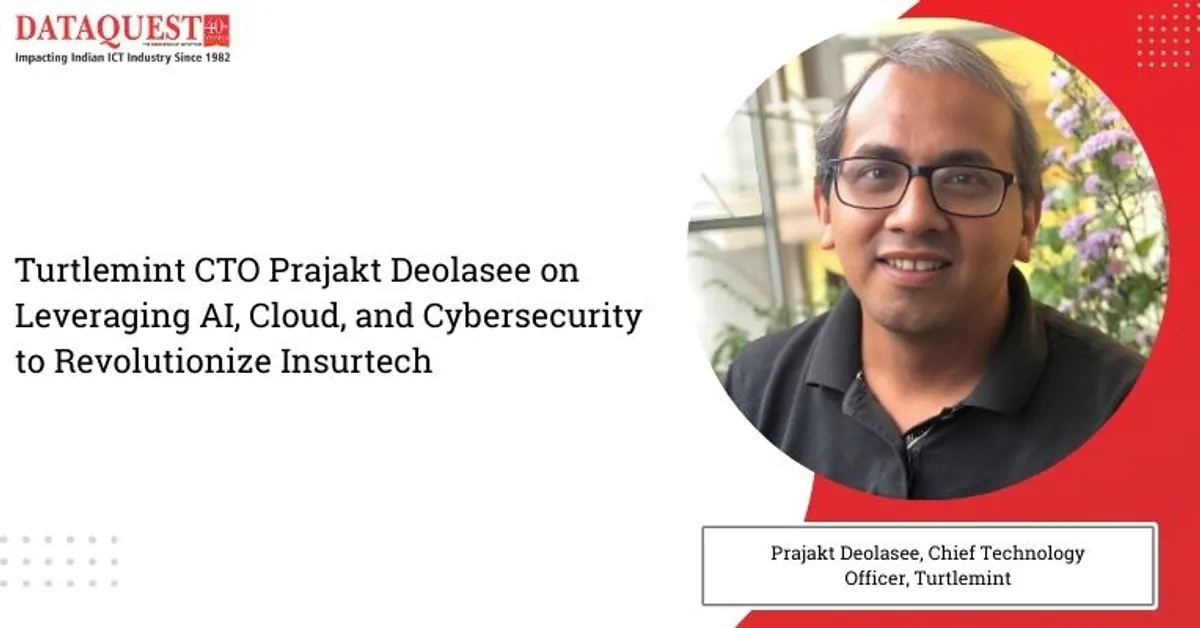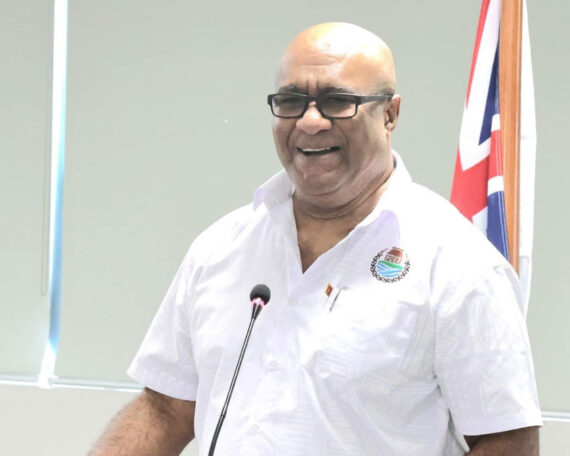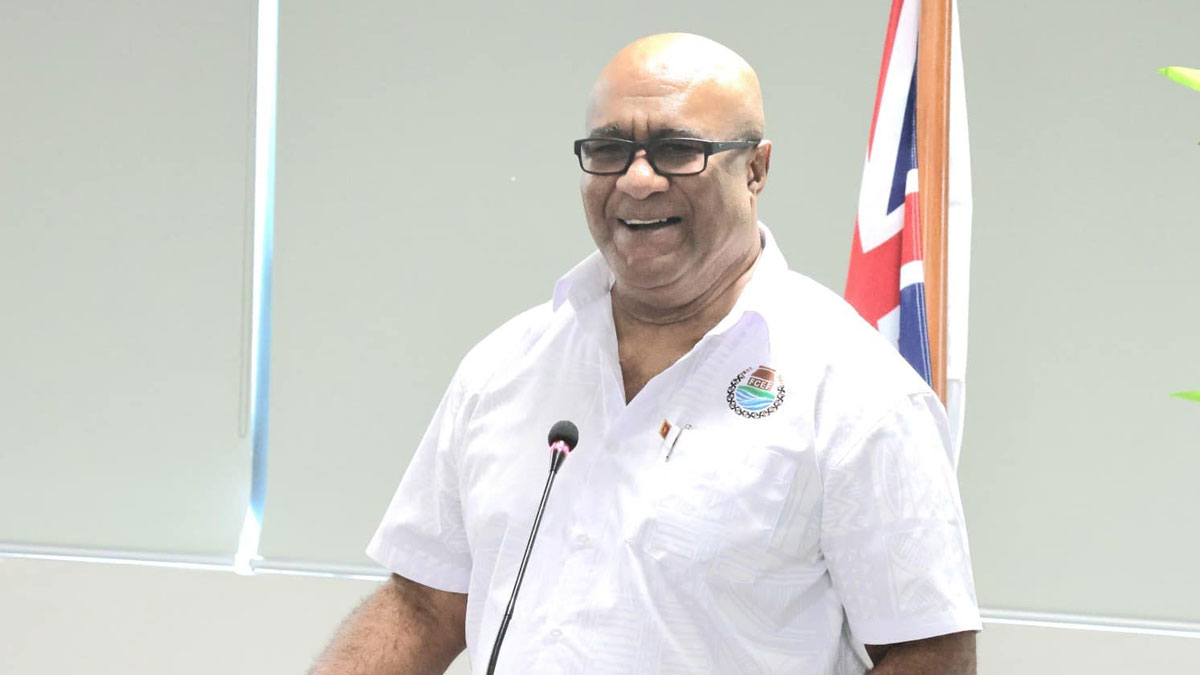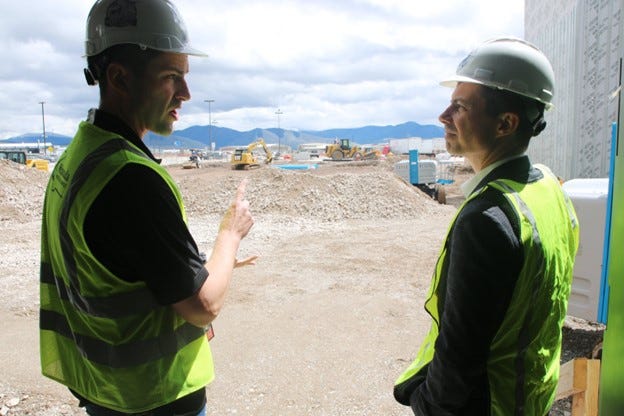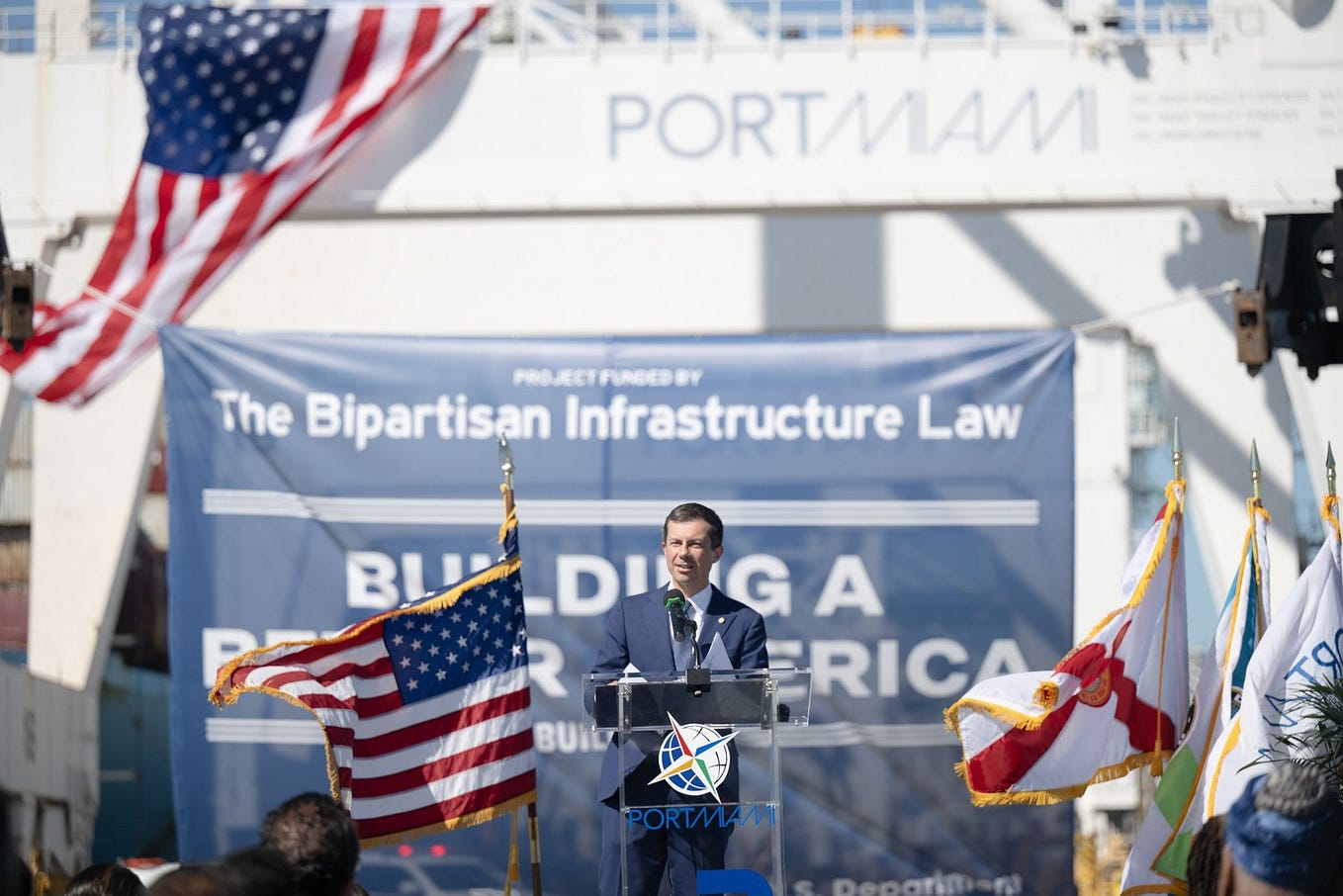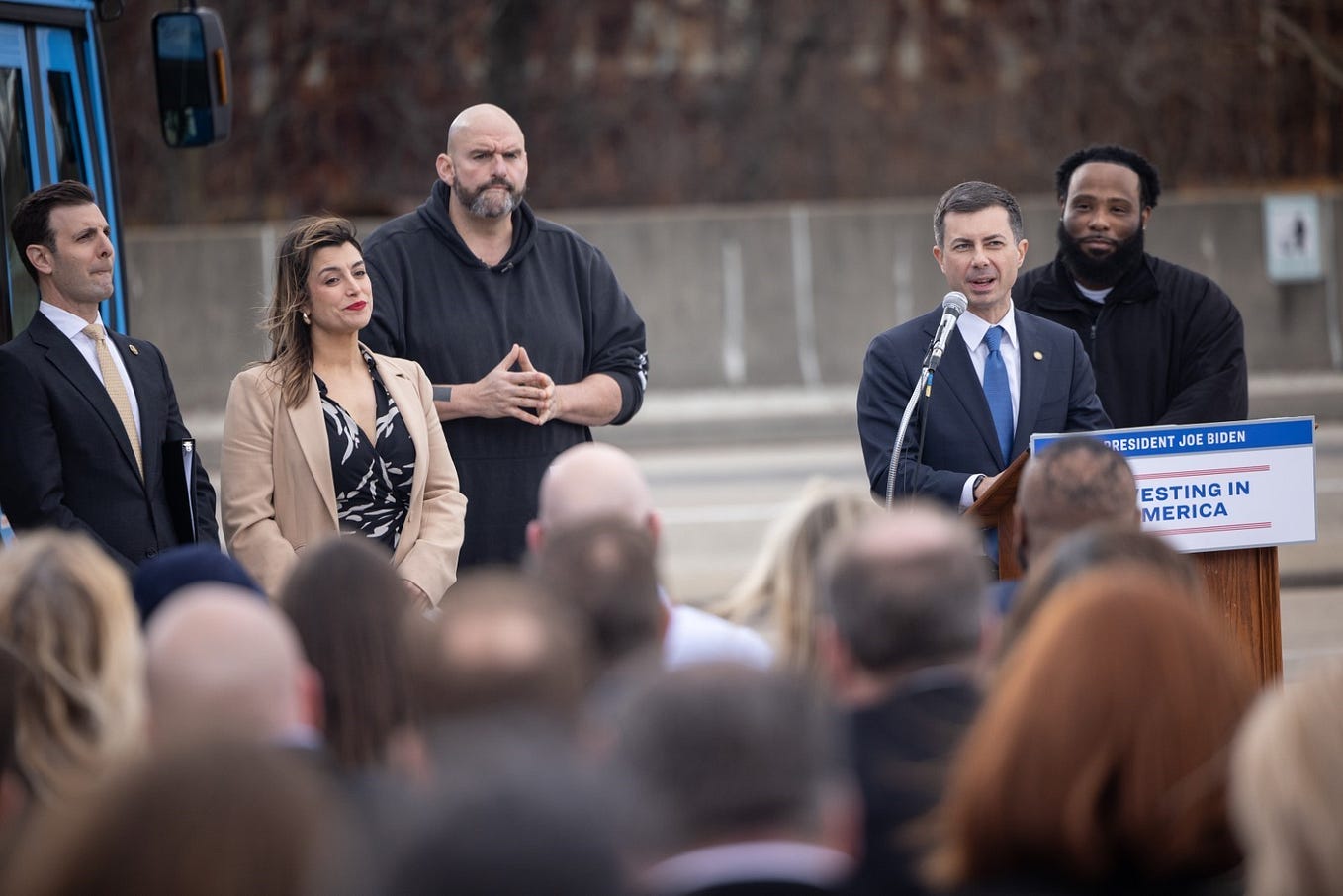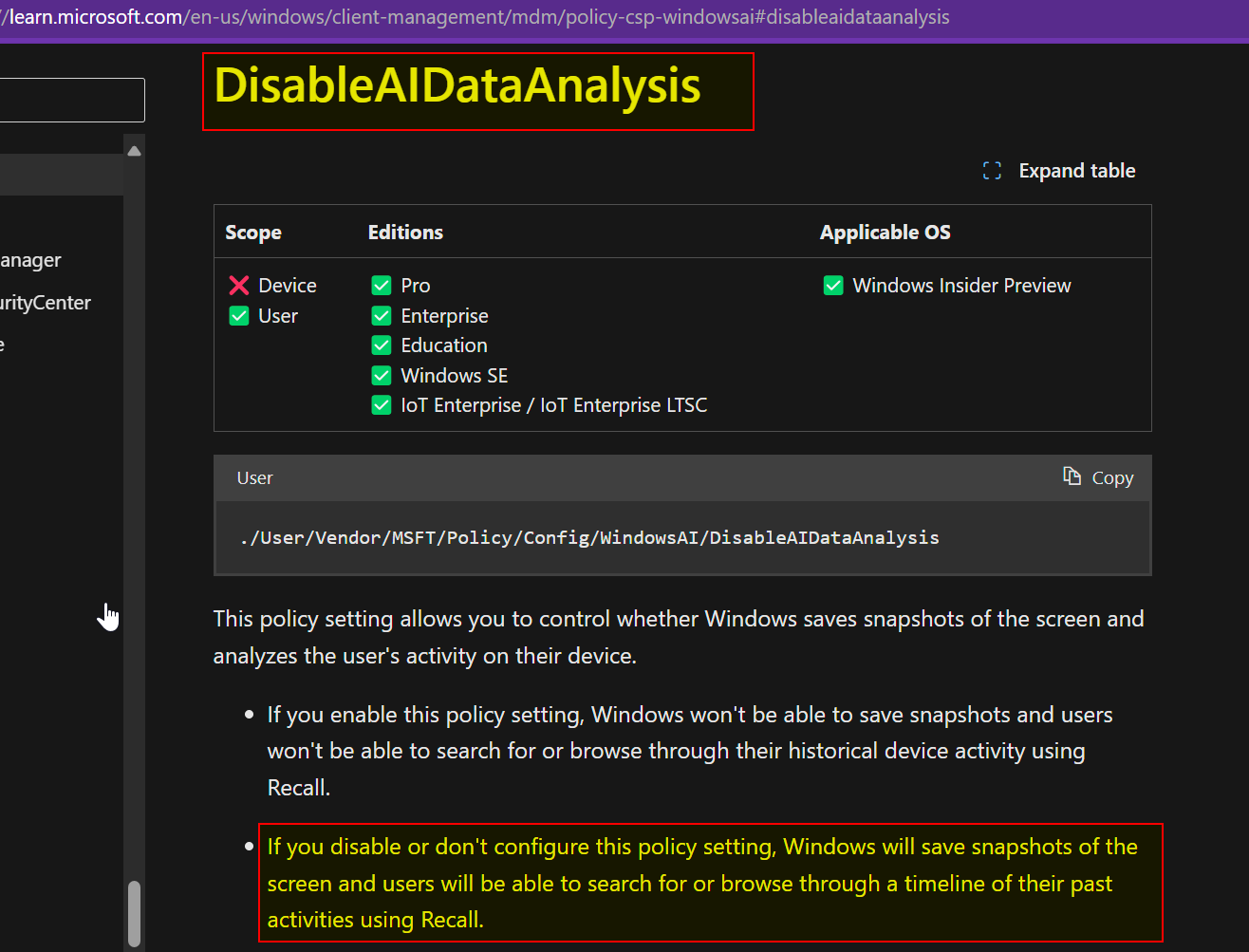In an exclusive interview, Prajakt Deolasee, Chief Technology Officer(CTO) at Turtlemint, provides an in-depth look into the technological innovations driving the company’s success in the insurtech industry. From leveraging AI and machine learning to implementing robust cybersecurity measures and cloud technology, Deolasee shares how Turtlemint is enhancing the insurance experience for consumers and advisors alike. He also discusses recent projects, challenges faced, and the positive impact of these advancements on business operations and customer satisfaction.
Can you share with us the current technological landscape at Turtlemint and the key technologies you are leveraging to drive innovation?
Prajakt Deolasee: As an insurtech, we leverage a variety of innovative technologies to enhance the insurance buying and management experience for both consumers and insurance advisors. Below are some key aspects of Turtlemint’s technology landscape:
1. Digital Platform and Mobile Applications: We offer a comprehensive digital platform that has aggregated supply of various insurance types from insurance companies which facilitates the comparison, purchase, and management of insurance policies, leads, and business via web and mobile applications.
2. Artificial Intelligence and Machine Learning: AI and ML are at the core of Turtlemint’s operations, enabling personalized product recommendations, marketing content recommendations, etc., based on user profiles and preferences.
3. Data Analytics: Very early on, Turtlemint invested in bringing data from all sources to build a business intelligence platform. Turtlemint leverages data analytics to gain insights into customer behavior, market trends, and operational efficiency. This also allows us to optimize our marketing strategies to better meet customer needs and improve service delivery.
4. Cloud Technology: Utilizing cloud services ensures that we can scale our operations efficiently and maintain data security. We are also cloud-agnostic so while we get all the benefits of the cloud, we are not dependent on the provider.
5. Cybersecurity Measures: Given the sensitivity of personal and financial information processed, we employ robust cybersecurity measures to protect against data breaches and ensure compliance with regulatory requirements.
6. Integration Capabilities: The platform’s ability to integrate with various third-party services and APIs enhances its functionality, allowing for features such as instant policy issuance, real-time pricing adjustments, and more efficient claims processing. We invested in making the process of integrations smooth and predictable.
As the Chief Technology Officer, what are your primary responsibilities, and how do you prioritize your tasks to ensure alignment with Turtlemint’s business goals?
Prajakt Deolasee: As someone overseeing technology at Turtlemint, my role revolves around shaping our technological direction to meet current needs and prepare for future challenges – setting the technology vision in line with our business strategy, leading and developing our tech team to foster innovation, managing technology deployment, optimizing for operational efficiency, overseeing budget allocation to ensure value, prioritizing risk management like cybersecurity, maintaining strong relationships with other business units, and staying updated on tech advancements for potential business benefits. To ensure our technology initiatives align with Turtlemint’s objectives, we prioritize based on a few core principles. We engage with other functions to understand their needs, employ agile project management for flexibility, optimize resources regularly, and gather feedback to adjust priorities as needed.
Can you tell us about any recent projects or developments at Turtlemint that you are particularly excited about?
Prajakt Deolasee: There are multiple projects but a few we are particularly excited about are as follows:
a. Embedded Insurance Platform: A full-stack product that has the capability to set up a pricing engine, underwriting rules, and exploring these are APIs and widgets to sell insurance along with other transactions. Some potential use-cases of this are extended warranty, group insurance, sachet products, attachment products.
b. Generative AI Bot: An assistant co-pilot for a sales manager to help with knowledge base queries and repetitive tasks.
c. Martech automation to complete the funnel from customer acquisition to payouts in real-time.
d. Automatic KYC and verification.
e. Developer suite for ease of integrations.
f. Sales management application for better visibility of information and smooth dissipation of data and information across the organization.
What impact do you expect these recent developments to have on your customers and the overall business operations of Turtlemint?
Prajakt Deolasee: These recent developments have had a significant impact on both our advisors and Turtlemint’s business. For advisors, these technological advances have provided a seamless and efficient experience, and enabled faster insurance quotes and claim processes. They have also resulted in a productivity boost for sales managers. By handling routine tasks, enabling sales managers to focus on high-value activities, thus enabling efficient scalability and revenue optimization. On the Business side, these developments have helped us in consolidating our position as technology leaders amongst insurtechs and enabling the distribution of new categories of products. These have significantly reduced the cost of doing business and improved efficiency for operations and sales.
Could you elaborate on any new technologies or innovative solutions that Turtlemint has recently integrated into its platform?
Prajakt Deolasee: We have recently leveraged advanced Generative AI (GenAI) and AI/ML technologies to develop sophisticated solutions that streamline operations and enhance decision-making processes. These innovations have enabled us to solve complex problems more effectively and offer more personalized and efficient services to our customers. Additionally, we have developed a specialized developer tool designed for the seamless integration of insurer APIs, which has greatly simplified and improved project management. This tool has significantly boosted developer productivity, making our platform more efficient and robust, and ensuring a smoother and more scalable integration process for our technology partners.
What were some of the challenges faced during the development and implementation of these recent projects, and how were they overcome?
Prajakt Deolasee: During the development and implementation of our AI and ML and other innovative solutions, we faced some challenges, including integration with legacy systems, data quality issues, regulatory compliance, change management, and scalability concerns. We overcame these by creating robust integration tools, enhancing data cleaning processes, embedding compliance checks, providing comprehensive training, and using scalable cloud-based infrastructure.
How have your customers responded to these new developments, and how do you gather and incorporate their feedback into future projects?
Prajakt Deolasee: Our advisors have responded positively to these new developments, appreciating the enhanced efficiency and improved service quality, and leading to an increase in online adoption. We gather their feedback through various channels such as CSAT surveys and direct communications. By actively listening to their suggestions and concerns, we refine our offerings and incorporate their insights into the future roadmap, ensuring that we continually meet their needs as well as support business needs.”
What key performance metrics are you using to evaluate the success of these new projects, and how are they performing so far?
Prajakt Deolasee: To evaluate the success of our new projects, we track key metrics such as Customer Satisfaction (CSAT), Net Promoter Score (NPS), adoption and usage rates, resolution time, and operational efficiencies. So far, CSAT and NPS scores have increased, reflecting high customer satisfaction and loyalty. The generative AI bot shows high adoption and usage rates with reduced resolution times, enhancing customer support. The developer suite has improved operational efficiencies, speeding up integration and deployment processes. Overall, these metrics indicate positive reception and effectiveness, with ongoing efforts to improve further.
Read More
